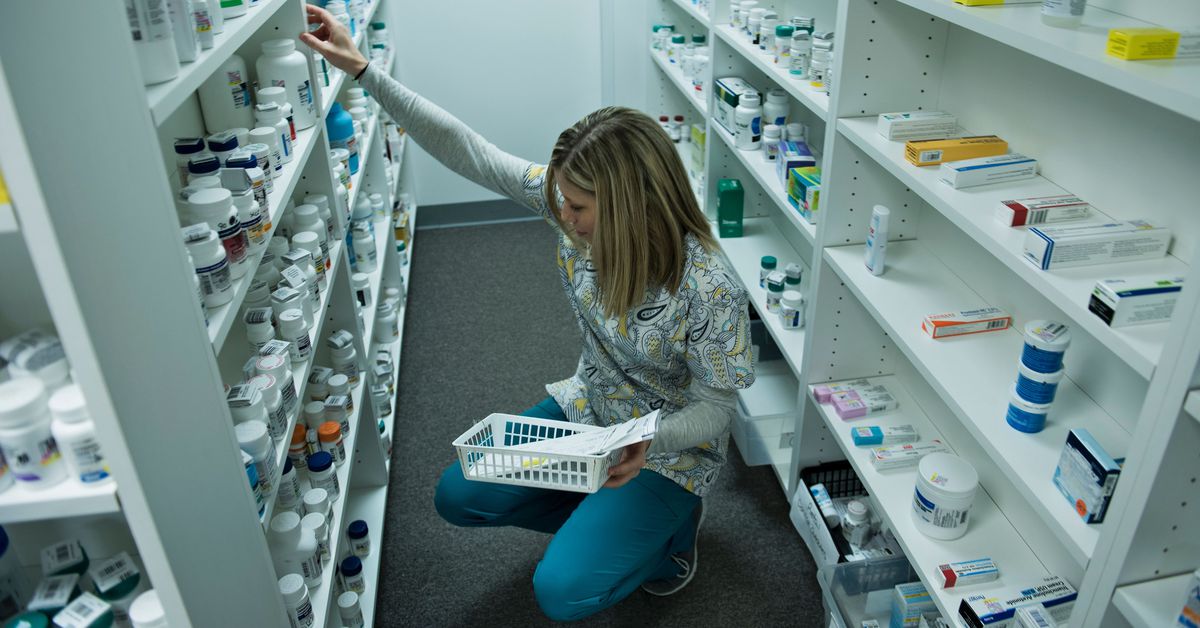It turns out $10 can be a matter of life and death, according to a new study on how patients respond to higher health care costs.
Researchers at Harvard University and the University of California Berkeley examined what happened when Medicare beneficiaries faced an increase in their out-of-pocket costs for prescription drugs. They found that a 34 percent increase (a $10.40 increase per drug) led to a significant decrease in patients filling their prescriptions — and, eventually, a 33 percent increase in mortality.
The rise in deaths resulted from people indiscriminately cutting back on medications when they had to pay more for them, including drugs for heart disease, hypertension, asthma, and diabetes.
“We find that small increases in cost cause patients to cut back on drugs with large benefits, ultimately causing their death,” the authors — Amitabh Chandra, Evan Flack, and Ziad Obermeyer — wrote. “Cutbacks are widespread, but most striking are those seen in patients with the greatest treatable health risks, in whom they are likely to be particularly destructive.”
It is difficult to come up with a study design that directly measures the effect of health insurance on health outcomes. These researchers overcame that problem by tracking the prescription benefits for people newly enrolling in Medicare when they turn 65. People with birthdays earlier in the year would be more likely to face higher out-of-pocket costs than people with birthdays later in the year, given the way Medicare’s benefits are designed. By comparing the data between the different age groups, using as a baseline an estimate of how much the patients would have been expected to spend without any cost-sharing, the researchers were able to isolate the effect of cost-sharing on the use of prescription drugs and mortality rates for patients.
This finding challenges an important assumption embedded in American health care policy. In the 1970s and ’80s, the RAND Health Insurance Experiment concluded that small copays encouraged patients to use fewer health care services without leading to worse health outcomes. That helped establish a new economic argument for insurers to ask their customers to put more “skin in the game”: it would encourage more efficient use of health care services with no downside.
But that premise presumed people would be rational. For example, if they are being asked to pay more money for prescription drugs, they would cut back on less-valuable medications first. The Harvard/Cal study didn’t detect any such rationality. When costs went up, people just stopped filling their prescriptions for statins — high-value drugs that are effective in preventing heart attacks.
The researchers explained it like this: The way patients behaved when faced with higher out-of-pocket costs would suggest that they placed very little value on their lives. They literally stopped taking high-value drugs because of the price.
“I never thought we would get a mortality effect of this size,” Chandra told me. “We never thought people would be cutting back on life-saving drugs to this degree.”
If patients can’t make good value judgments, the economic argument for cost-sharing starts to crumble, and it starts to seem like eliminating cost-sharing — increasing the likelihood patients will continue to take the medications they need to stay alive — would be a cheap way to “buy” people more health. As the researchers wrote, “improving the design of prescription drug insurance offers policy makers the opportunity to purchase large gains in health at extremely low cost per life-year.”
Bernie Sanders’s Medicare-for-all single-payer plan eliminated cost-sharing. That’s one way to do it. Chandra said that, alternatively, the government could create new regulations to put a limit on cost-sharing for the large employer plans that cover most working Americans. He said Medicaid is really the model; the 70 million poor Americans enrolled in the program generally have no out-of-pocket obligations.
Eliminating out-of-pocket costs would come with a price: Insurers would likely charge higher premiums to offset the loss of the copays and coinsurance that currently reduce their direct costs. But if the goal is better health outcomes, that is arguably a price worth paying.
“If we care about the sick more than the healthy, then we should be willing to raise premiums to reduce cost-sharing,” Chandra said. “I think a lot of American health care is catastrophic coverage to the healthy, which is fine. That’s valuable. But it’s not as valuable as first-dollar coverage for the sick.”
This article is auto-generated by Algorithm Source: www.vox.com


